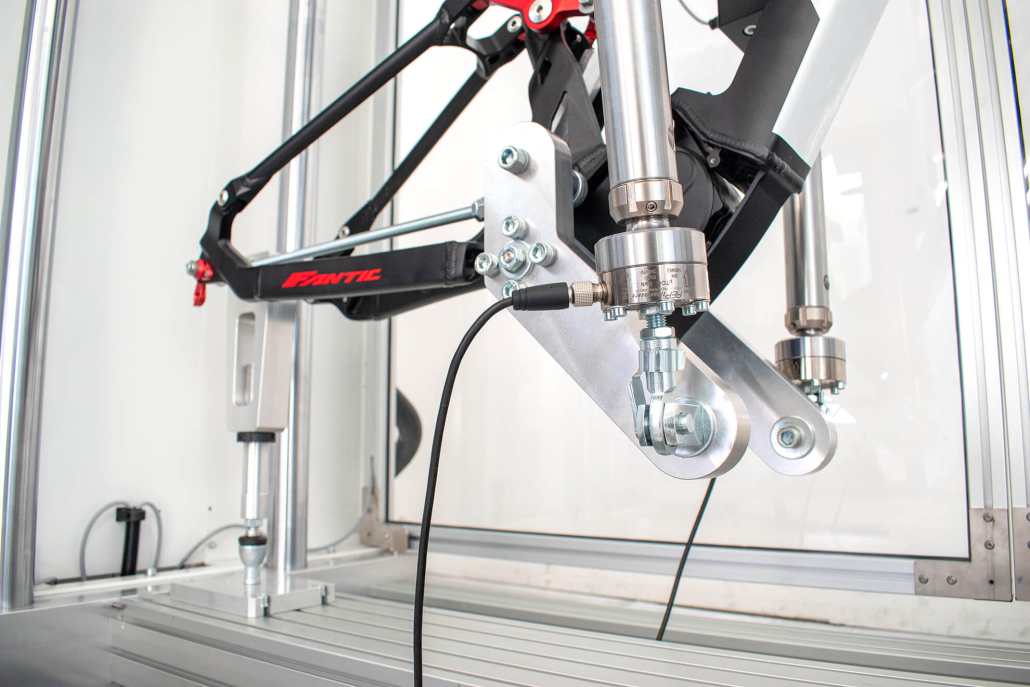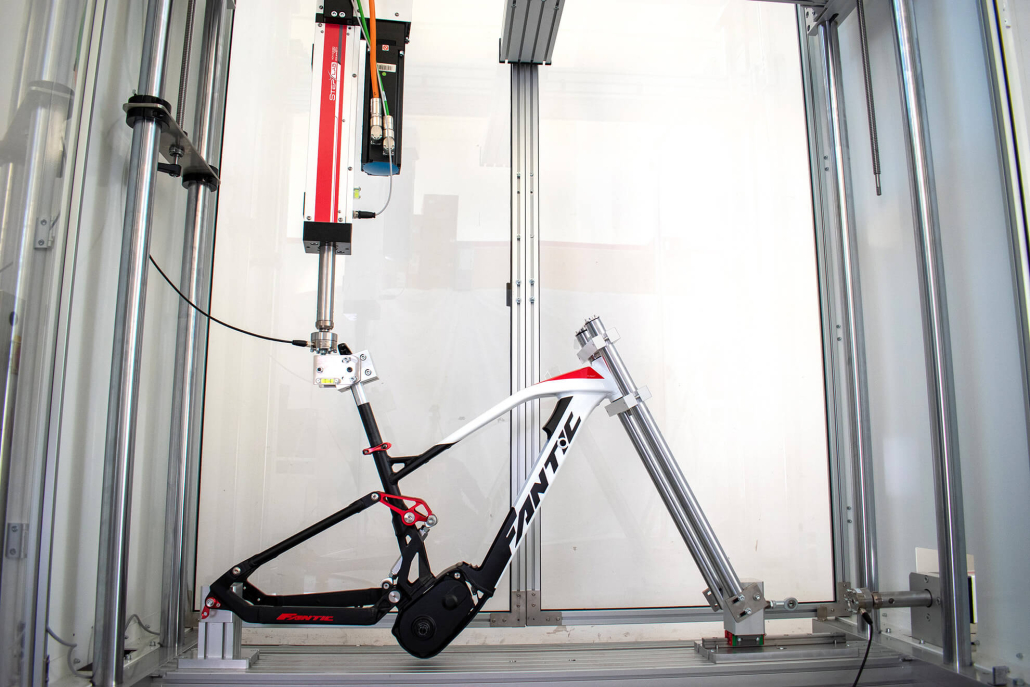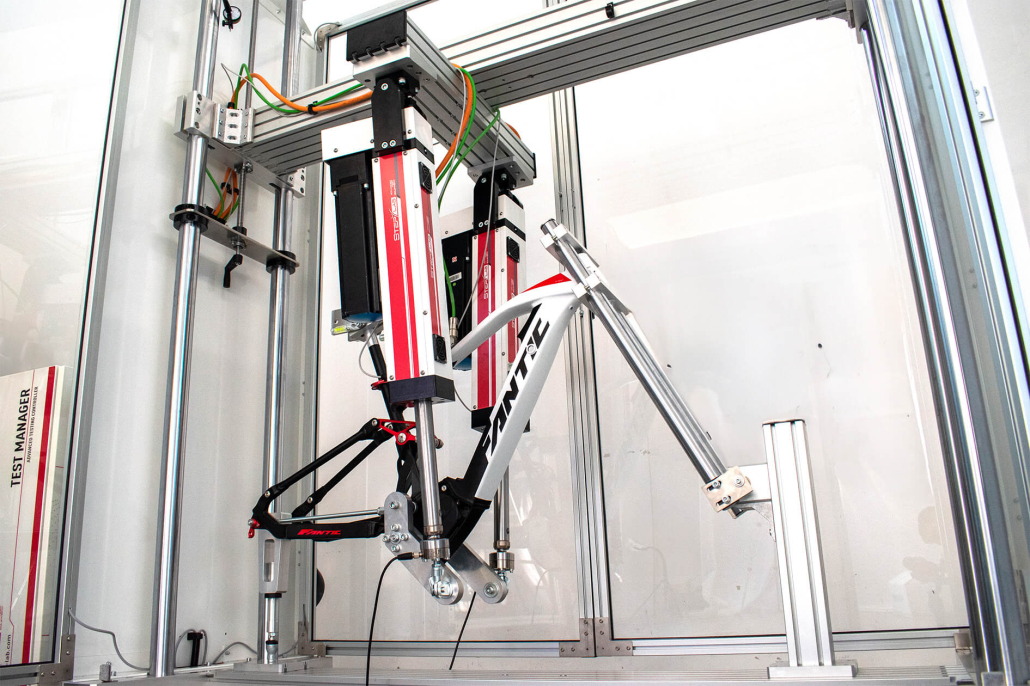WHAT IS ISO 4210?
ISO 4210 is an international Standard that establishes safety requirements and specifications for the design, manufacturing, and testing of bicycles. The standard ensures that bicycles are built with high safety standards to protect users during their usage.
It covers various aspects of bicycles, including material strength, essential components like brakes, wheels, steering system, and frame, as well as testing methods to evaluate safety and performance. ISO 4210 is a reference document for the bicycle industry, used by manufacturers, importers, retailers, and certification organizations to ensure compliance with safety standards.
WHAT DOES ISO 4210 MEASURE?
ISO 4210 primarily measures the safety and performance aspects of bicycles. For example, ISO 4210-1:2023 specifies terms and definitions related to safety and performance requirements for bicycles, focusing on factors like saddle height and testing procedures. ISO 4210-2:2023 extends these measures to specific types of bicycles, including city, trekking, mountain, and racing bikes, ensuring that they meet standardized safety and performance requirements. These measurements play a crucial role in guaranteeing the quality, reliability, and safety of bicycles in various categories.







